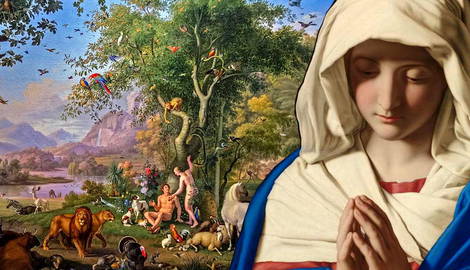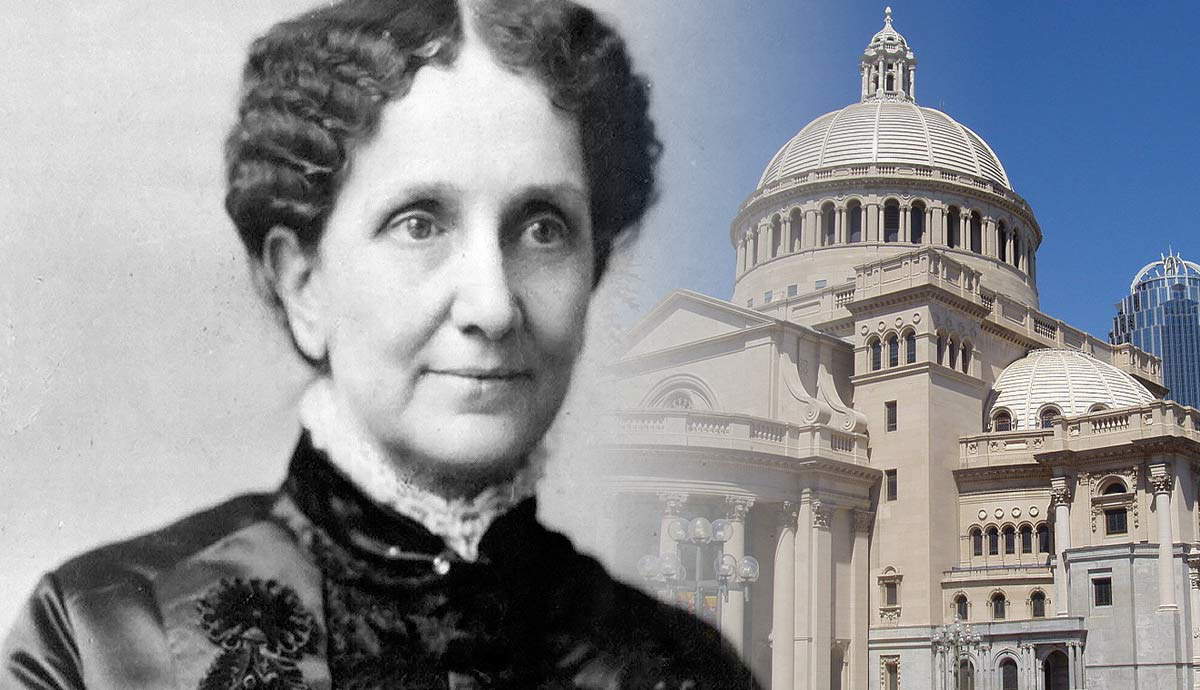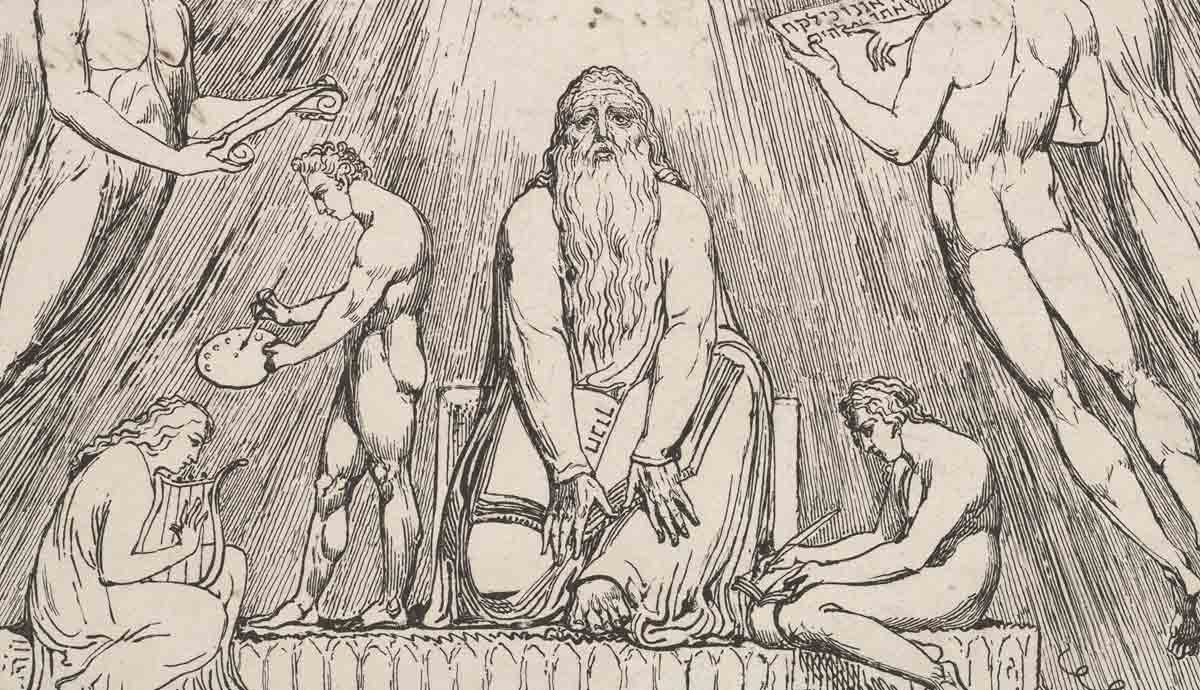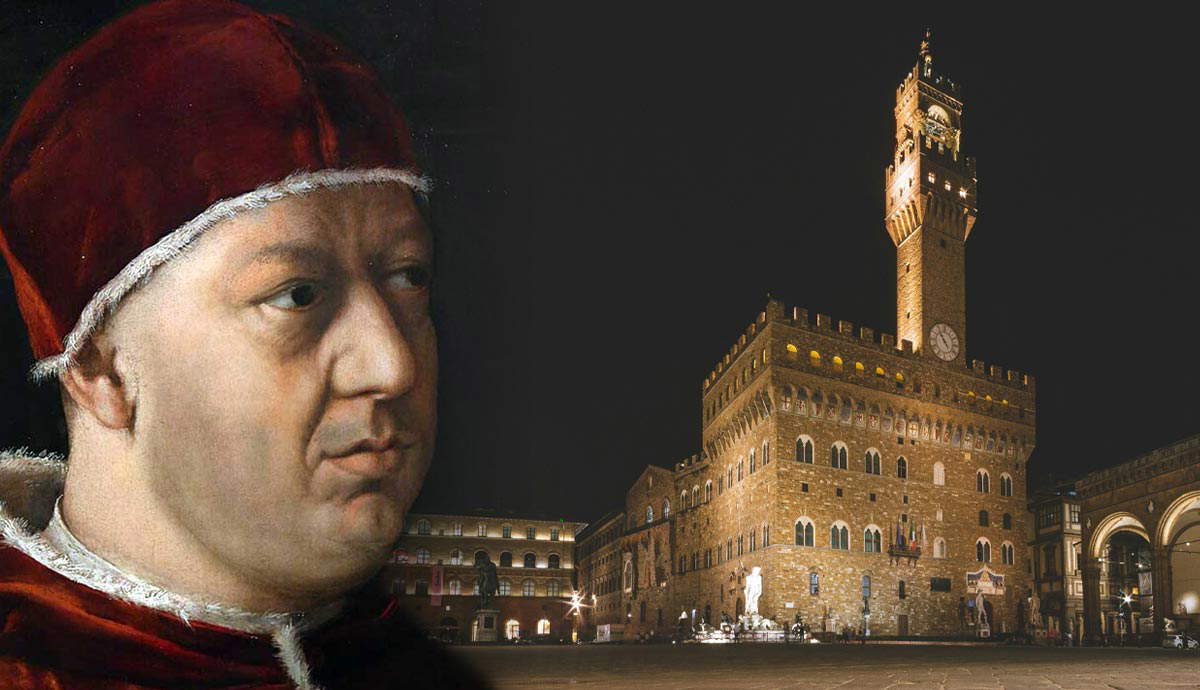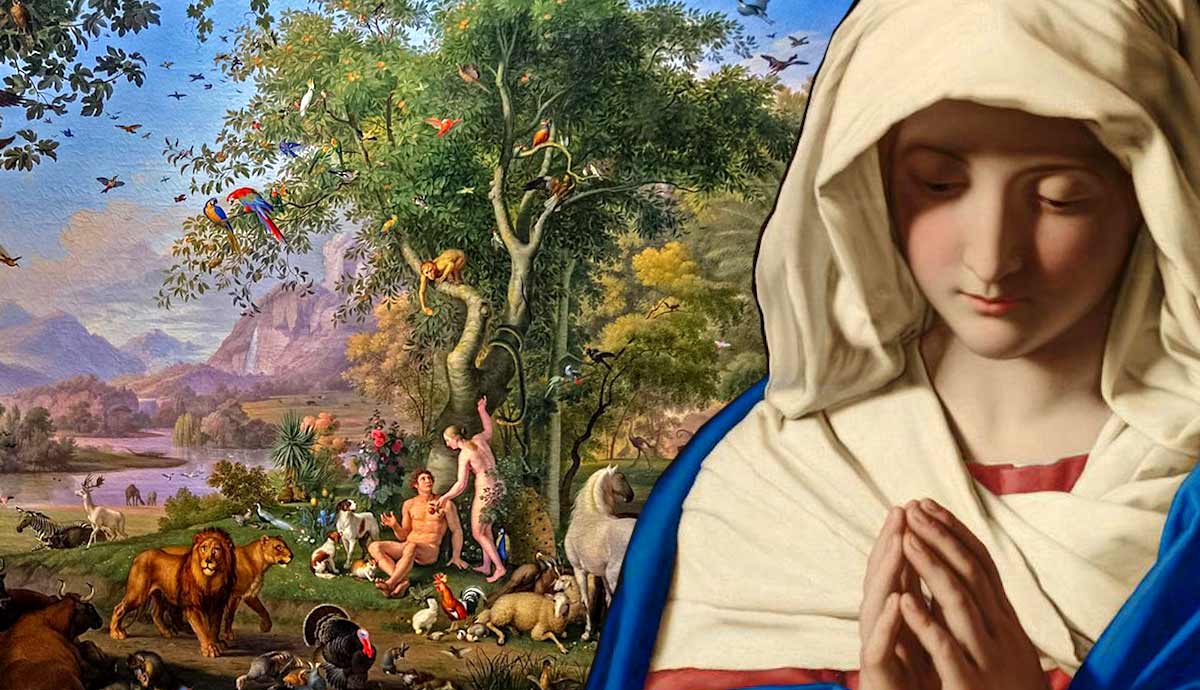
The Compendium of the Catechism of the Catholic Church (the CCC) is over 900 pages long — and it is only part of what makes up the Catholic canon. As a result, most people do not know everything Catholicism officially holds to be true. Some facts about the Catholic Catechism will surprise even the most devout Catholics — with the exception of priests and theological scholars, of course.
1. The Bread and Wine Are Not What They Seem to Be

Perhaps the best-known fact about Catholics is that they drink wine and eat wafers during Mass in remembrance of Jesus Christ. This is also done by some other Christian denominations, such as Mormons and Episcopalians — although they drink water instead of wine.
With that said, there is something rather bizarre about the Eucharist that many Catholics go their whole lives without knowing. The wine and bread of the Eucharist is meant to literally, not metaphorically, become flesh and blood after it is blessed. This is a concept known as transubstantiation.
According to the Catechism of the Catholic Church (CCC 1412-1413): “The essential signs of the Eucharistic sacrament are wheat bread and grape wine, on which the blessing of the Holy Spirit is invoked and the priest pronounces the words of consecration spoken by Jesus during the Last Supper…Under the consecrated species of bread and wine Christ himself, living and glorious, is present in a true, real, and substantial manner: his Body and his Blood, with his soul and his divinity.”

Many find this to be confusing. We have all accidentally bit our lips or tongue at some point in our lives. We know that blood tastes metallic, not like wine. We also know that wheat bread doesn’t feel like meat in our mouths. The Church maintains that the outward appearance of the bread and wine does not change. Regardless, Catholic belief still stresses that the bread and wine are literally the body of Christ after the priest says the blessing.
This belief that the Eucharist is truly, physically blood and flesh was codified during the Council of Trent. There is just one catch: the Eucharist must be made of bread and wine (CCC 924 §1). If it is not, the sacrament is not considered to be the “right form” or “right matter.” This makes it invalid. Moreover, “it is absolutely forbidden, even in extreme urgent necessity, to consecrate one matter without the other” (CCC 927). If you do not have wine, you cannot bless the bread; if you do not have bread, you cannot bless the wine.
2. Climate Change is a Religious Issue

The Catholic Church believes that climate change must be prevented to avoid human suffering (Compendium of the Social Doctrine of the Church 451-487). This is due to a concept known as the precautionary principle. It holds that one should act quickly to prevent human suffering. In this case, the Catholic Church combats arguments from other religious entities that do not believe that climate change exists. Even if climate change were not real, the church says, “So what,” — so what if we simply make the world less polluted and more bountiful for no reason at all?
To fully understand how climate change fits into the Catholic Church, one must have some background on how Catholic canon is decided. There are three sources of Catholic law: Scripture, Tradition, and the Magisterium. The Catechism of the Catholic Church combines all three to summarize Catholic beliefs. Besides the Catechism, there are other written documents that are canonical. These go into more detail when the Catechism only has room to acknowledge subjects vaguely.
One such document is The Compendium of the Social Doctrine of the Catholic Church. Another major source is the “social encyclicals” or “papal encyclicals,” open letters from the pope on social issues. The Church considers environmental issues to be social justice issues, due to their ability to cause harm to human beings.
One example is the risk of increased natural disasters. Another is forced migration, due to crops failing and animals dying. Specifically, the Church is concerned that the people impacted will die traveling, or be treated inhumanely when attempting to emigrate to somewhere else.

“Catholic social teaching” refers to the doctrine of the Catholic Church regarding social issues. When these teachings are put into practice, they are called “Catholic social justice” or simply “social justice.” While the term “social justice” is used broadly these days, it was most likely first used by Catholics — specifically Saint Thomas Aquinas.
The Catechism says: “Society ensures social justice when it respects the dignity and the rights of the person as the proper end of society itself. Furthermore, society pursues social justice, which is linked to the common good and to the exercise of authority, when it provides the conditions that allow associations and individuals to obtain what is their due” (CCC 411).
The Church justifies its beliefs about climate change by citing biblical precedent. Adam was put in charge of nature. This demand from God applies to all humans. After all, “adam” is simply the Hebrew word for “man.” Additionally, Jesus was very in touch with nature, often mentioning nature in his teachings.
The Catholic Church criticizes “a reductionistic conception…starting from the presupposition—which was seen to be erroneous—that an infinite quantity of energy and resources are available” (CCC 462). Instead of this blasé approach to consuming resources, people must share all natural resources equitably among everyone.
Additionally, Catholics are commanded to save enough resources for the future. The Church denounces exploiting Indigenous peoples around the world, a common environmental issue in several countries (471). The Compendium calls upon every entity to contribute to the environment, specifically mentioning the responsibility of engineers, scientists, activists, politicians, and corporations (476-480).
3. Catholics Have a Lot of Opinions About Socialism

Most experts say that the modern history of Catholic social teaching began with the publication of Rerum Novarum. Rerum Novarum was a papal encyclical released by Pope Leo XIII on May 15th, 1891 — at the tail end of the Industrial Revolution. The letter was deeply critical of the Revolution, especially when it came to the rights of workers.
Rerum Novarum offers many suggestions for ways in which workers can lessen the exploitation of their labor. One such way is with unions: “The most important of all are workingmen’s unions… History attests what excellent results were brought about by the artificers’ guilds of olden times. Such unions should be suited to the requirements of this our age” (Rerum Novarum 41).
State communism is absolutely verboten for the Catholic Church. This is because it is Catholic law that people should be allowed to own private property. However, the Church is very strong and vocal about its belief that there should be some form of wealth redistribution to help those in poverty.
The Compendium says: “An equitable distribution of income is to be sought on the basis of criteria not merely of commutative justice but also of social justice that is, considering, beyond the objective value of the work rendered, the human dignity of the subjects who perform it” (303).
It is clear that part of this process should be organized by world governments: “Authentic economic well-being is pursued also by means of suitable social policies for the redistribution of income which, taking general conditions into account, look at merit as well as at the need of each citizen” (CCC 303, emphasis in original). It even holds that sometimes, the redistribution of land is a good thing (Social Compendium of the Catholic Church, 300).
4. Immaculate Conception is Not the Same as the Virgin Birth

The biblical story of Mary becoming pregnant with Jesus is well-known. The idea that a virgin can give birth to a child is a bizarre belief in its own right. However, there is a lesser-known aspect to this doctrine. People often believe that “immaculate conception” refers to the conception of Christ. Actually, it refers to Mary being conceived. The Catholic Church holds that, in order for Mary to give birth, she must have been free from original sin. A basic reading of Catholic doctrine makes it seem as if everyone has been born with original sin since Adam and Eve partook of the fruit of the tree of the knowledge of good and evil. However, Mary is the exception. According to the Catechism, she was freed from original sin before she was even an embryo.
Several scholars claim that, for Mary to be born without original sin, her parents and grandparents would have to be born without original sin as well. However, the Catechism does not confirm or debunk this particular theory.
There is, however, another subject of debate in the Church: If Mary did not have the stain of original sin, surely she did not have free will? Humans gained free will as the result of Adam and Eve partaking of the fruit. Does that mean that she became pregnant without her consent? Some scholars say that both things are possible — that without free will, one is unable to choose to do bad things, but one can still choose to do good things. If that does not make sense to you, you are not alone.
